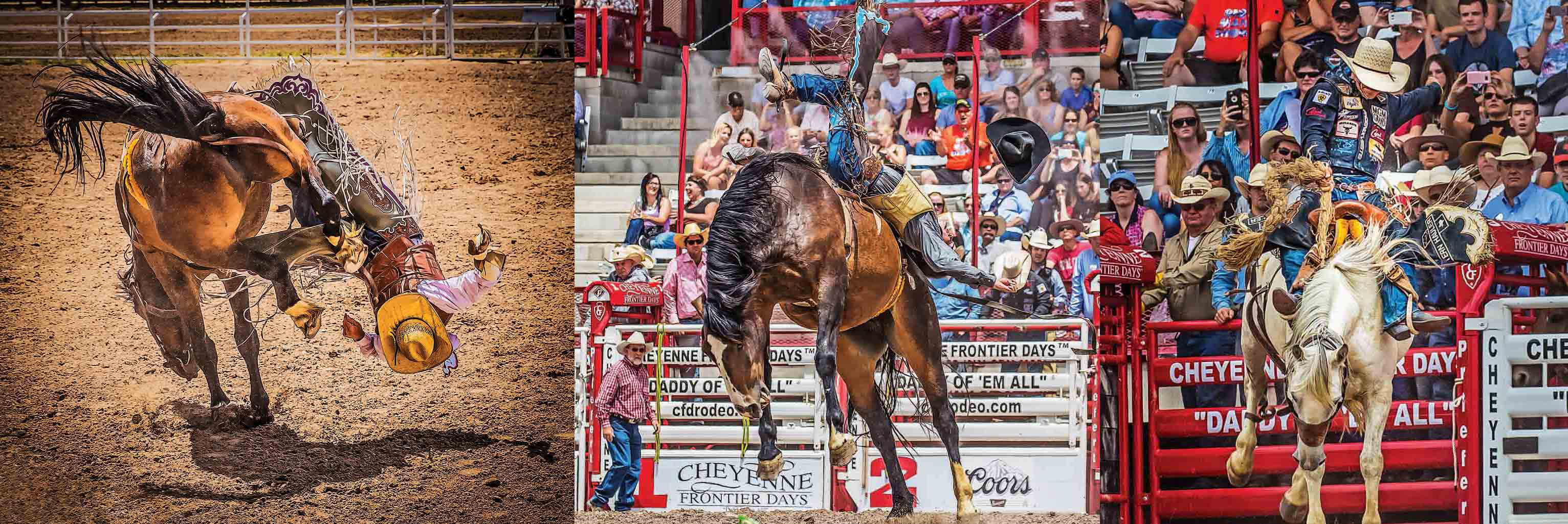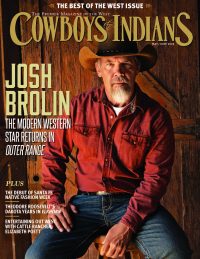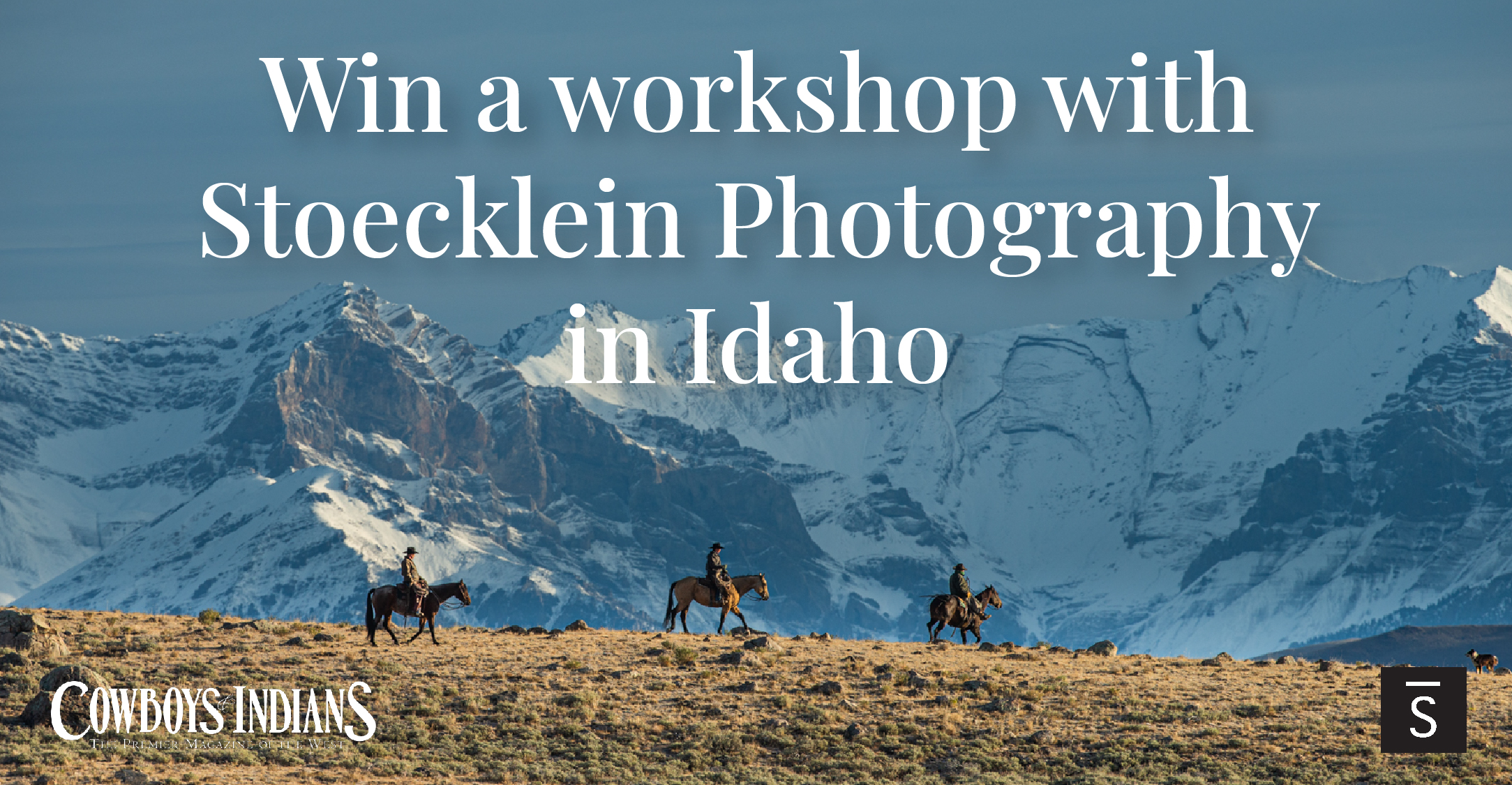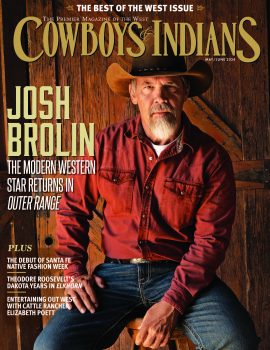From king of the stage to budding action photographer, the A-list Brooks & Dunn singer shifts his focus during the iconic rodeo.
Four years ago, I left Key West, Florida, on a 45-foot catamaran bound for Cuba with seven throw-caution-to-the-wind cowboys. Not in the traditional Western sense of the word: These guys actually came from military and law enforcement backgrounds. But they had cowboy running through their veins. I was a tag-along country singer who happened to own a camera.
We left at night and sailed straight into a storm that produced a relentless pounding of 15-foot waves. After a slightly tense encounter with Havana Harbor officials, we broke through the rough seas into the very welcoming and peaceful water of Marina Hemingway.
Shortly after we returned to the U.S.A., I received a call from my longtime friend Ron Modra. Ron spent 25 years as a Sports Illustrated staff photographer. He has more than 70 SI covers under his belt. In the ’90s, he would break away from shooting Super Bowls, World Series, and Olympic events to do CD covers for fun. That’s how we met — he did some work with Kix and me for a Brooks & Dunn record and tour.
Ron informed me that he and his wife had recently moved from Florida back to Nashville. He asked to see some of the photos that I took in Cuba. I wasn’t about to tell him that I’d jumped into photography, but he’d seen a couple of Instagram posts of the Cuban adventure.
At first I was intimidated to let him see them, but he insisted. I showed him a few shots and he went off into a rant about me doing more. The next thing I knew, he had me photographing professional hockey games. After that we blew down to Ecuador, chased marine iguanas and blue-footed boobies for 10 days, then flew to Alaska and pointed cameras at thousand-pound grizzlies.
All along, I watched him like a hawk, taking notes and studying photography like it was my job.

In July of 2016, I had to put the camera down for a few weeks to take care of my regular gig playing Caesars in Las Vegas with Reba. Ron went to Wyoming and started sending teasers of what he was shooting at the Cheyenne Frontier Days rodeo. I lost my mind. I was born in Coleman, a town in West Texas. That’s cowboy country. My dad was a ranch hand and weekend warrior country singer in Abilene when I was born. I grew up and became a country singer. I have a tattoo that says COWBOY down my right arm (that’s actually another story and should probably be explained with Dr. Phil close by). So you can understand how excited I would have been to shoot Cheyenne, “The Daddy of ’em All.”
I’ve performed on the big stage at Cheyenne many times over the last 15 years, but I’ve never been able to actually see the rodeo. This was out of necessity, not choice. I lived in a secluded bubble when we toured. I had to protect my moneymaker from the elements and all too often, fatigue.
Not to choke you on my own dust, but that camera set me free in some ways. Despite the good-time image that Kix and I portrayed as Brooks & Dunn, our success in country music wasn’t a cure for my being brutally shy in real life. I pretty much get the same rush capturing a good photo as I do writing or singing a good song. Plus, the camera gives me something to climb into and hide behind.
There’s another surprising characteristic that writing songs, singing on big stages, and taking photographs have in common: They’re solitary acts. I won’t chase that one too far down the rabbit hole here, but that’s how it plays out in my book. Being on stage in front of 20,000 cheering fans can find you as alone as being in the Alaskan wilderness staring through the viewfinder at a grizzly (that’s another one for Dr. Phil).

Fast forward to July of last year year. I was standing in the Cheyenne Frontier Days press trailer trying to stay collected, waiting for credentials to be handed out that would give me up-close access to the coolest rodeo in America.
There are two hot spots. The bunker gives the photographer a ground-level perspective of the action, and it often comes straight at you. The behind-the-chute position puts you up close and personal to a well-orchestrated, chaotic symphony of clanging metal gates, testosterone-charged bulls, blazing broncs, and bad-to-the-bone rodeo cowboys — rock stars in my book.
As a rookie, I dove headfirst into the fire. It was sink or swim. You have to be invisible, but still in the middle of the action. Once that action starts, it doesn’t stop until the show is over. The outdoor setting is an asset. The light does cool things, but it keeps you on your toes. You have to adjust the camera settings constantly for clouds moving across the sky or the light bouncing up off of the dirt.
I’m a west-of-the-Mississippi guy. All rodeos have a unique personality, but there’s something different about Cheyenne and its innate authenticity.
I came back with a little over 16,000 photos. I hope some of them capture the magic.
Someone once said, “To be a good photographer, it helps to be a good editor.” That means you need to know which photos stand out and how to go about getting them. The same principle applies to songwriting — to be a hit songwriter, it helps to know what a hit song is.
So, here I go again this year, determined to get my 10,000 hours in. I’ll point, shoot, and hope that that special thousandth-of-a-second moment rears its head. All the while tellin’ myself, “You’re at the Cheyenne Frontier Days rodeo, cowboy!”

Ronnie Dunn’s Lensman Project: Cowboy Up! exhibit is on display through February 2019 at the Cheyenne Frontier Days Old West Museum and Store, 4610 Carey Ave., Cheyenne, Wyoming. 307.778.7290.
In concert, he returns to Caesars Palace in August for six performances of “Reba, Brooks & Dunn: Together in Vegas.”
This year, Cheyenne Frontier Days runs July 20 – 29.
From the July 2018 issue.
More from the July 2018 Issue
Michael Greyeyes
Kevin Costner
Eternal Yellowstone













